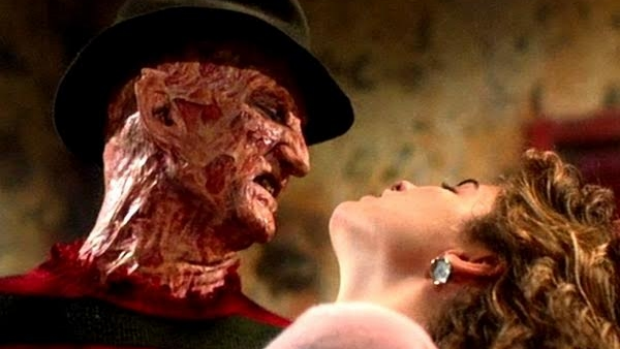HORROR LEGEND: The five Wes Craven films you must see

Wes Craven tribute: His Five Best Films.
Very sad news this week with the passing of horror-movie master Wes Craven, who died Monday, age 76, of brain cancer.
One of the progenitors of the 1970s horror aesthetic – where independent, visually vivid, low-budget filmmakers relocated the horror genre from remote haunted houses into the suburbs – Craven’s style was marked by a counter-cliche instinct that rooted his best work in the psychology of everyday fears.
Here are five of his career keystones:
- A Nightmare on Elm Street (1984): Craven gave the notion of psychological horror a literal embodiment with the creation of Freddy Krueger (Robert Englund), the serial killer with the killer glove who invades the dreams of teenagers and dispatches them, causing them to die for real. Never intended as a franchise – he had nothing to do with the sequel – Craven returned to write the third film, which saved the series and introduced humour to the horror.
- The Serpent and the Rainbow (1988): With both feet planted firmly in the reality rather than the myth of zombies, Craven gave us the best film yet about what zombies actually are and where they come from. A vastly underrated Craven film, and arguably his best directed.
- The Hills Have Eyes (1977): After his shock-horror 1972 debut with the revenge-fuelled The Last House on the Left, Craven continued his assault on suburbia by having a family stranded in the Nevada badlands terrorised by maniacal locals. The main difference here – no motive. The low-budget cult classic was Craven’s way of restating a traditional value of the genre, that horror is at its most intense when inflicted on the innocent – and that the innocent are never more resourceful than when confronted by evil.
- Wes Craven’s New Nightmare (1994): Never a fan of the Elm Street franchise, Craven ended the series with a brilliant self-referential mind game as Freddy Krueger steps into the real world to attack those making the Elm Street films. The film, which featured actors playing themselves, was based on the original premise for the third film.
- Scream (1996): Craven took the idea of the ‘horror film within a horror film’ into the comedy realm in a fun, clever lark (written by Kevin Williamson) in which horror film fans are attacked by the very cliches they joke about. Three sequels – 1997, 2000 and 2011 – were progressively thin but gave Craven his greatest financial success. (Though 3 & 4 were made immediately after two box-office failures – Music of the Heart and My Soul to Take respectively – Craven had long planned to direct them. It wasn’t a case of returning to the safety of a franchise.)
Honourable mention:
Music of the Heart (1999): Horror maestro Wes Craven directing Meryl Streep in a film about music? A real surprise, this, and one of the best films from either of them. The two Oscar nominations the film received – for best actress and best song – marked the only time Craven and Oscar ever crossed paths.















